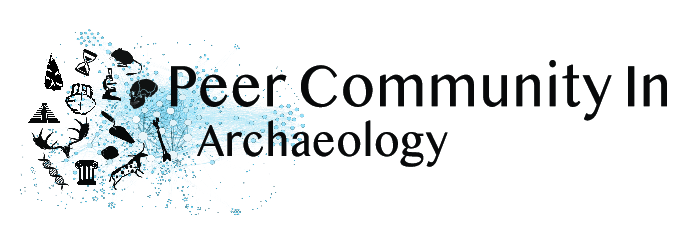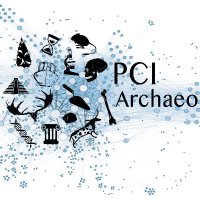DateBack , an evolving open-access repository of Phoenix archaeobotanical data supporting new perspectives on the history of date palm cultivation
This article has been Reviewed by the following groups
Listed in
- Evaluated articles (Peer Community in Archaeology)
Abstract
-
The date palm ( Phoenix dactylifera L.) has been a cornerstone of oasis agrosystems in West Asia and North Africa for millennia, yet the timeline and processes of its domestication and spread remain poorly documented. Archaeobotanical remains provide critical insights into its cultivation history, but no comprehensive review or dedicated platform currently exists to synthesize and analyze these data.
-
To address this gap, we conducted an extensive literature review and developed DateBack ( https://cloudapps.france-bioinformatique.fr/dateback ), a digital open-access repository of archaeobotanical remains of Phoenix (L.) spp. In its first version, DateBack records macroremains (e.g., seeds, fruits, stems, petioles) from prehistoric to Late Antiquity contexts in Southwest and South Asia.
-
We assembled 154 entries from 110 archaeological sites across 123 references, along with a separate table of 74 radiocarbon-dated entries from 20 sites, refining chronological assessments. Most entries comprise charred seeds (58.4%), with a smaller proportion of charred vegetative parts or desiccated remains. Our findings highlight regional disparities in the distribution of remains, with concentration in the Levant and the Gulf region, while Saudi Arabia and southern Iran are underrepresented. There are also disparities in data reliability, particularly in dating resolution, which complicate the reconstruction of date cultivation history. Our evidence shows that the earliest securely dated remains, indicating date consumption, appear in the Gulf region around 5000 BCE, while cultivation emerges later, first in southern Mesopotamia and the northern Gulf in the 4 th millennium BCE, then in eastern Arabia and the Indus Valley in the 3 rd millennium BCE. The Levant presents challenges, with numerous presumed early finds but significant uncertainties, with secure evidence of cultivation only appearing by the late 2 nd millennium BCE, as in northwestern Arabia, while in the southern Arabian Peninsula, it is not attested until the 1 st millennium BCE.
-
By compiling and standardizing archaeobotanical data, DateBack facilitates advanced spatiotemporal analyses of date palm history and supports additional archaeobotany-based research including ancient DNA studies. Moreover, the platform is dynamic, scalable, and collaborative, enhancing data integration and refinement, with future expansions planned to include additional periods (Islamic era and beyond), geographic regions (North Africa), and new types of evidence, such as plant microremains and iconography.


